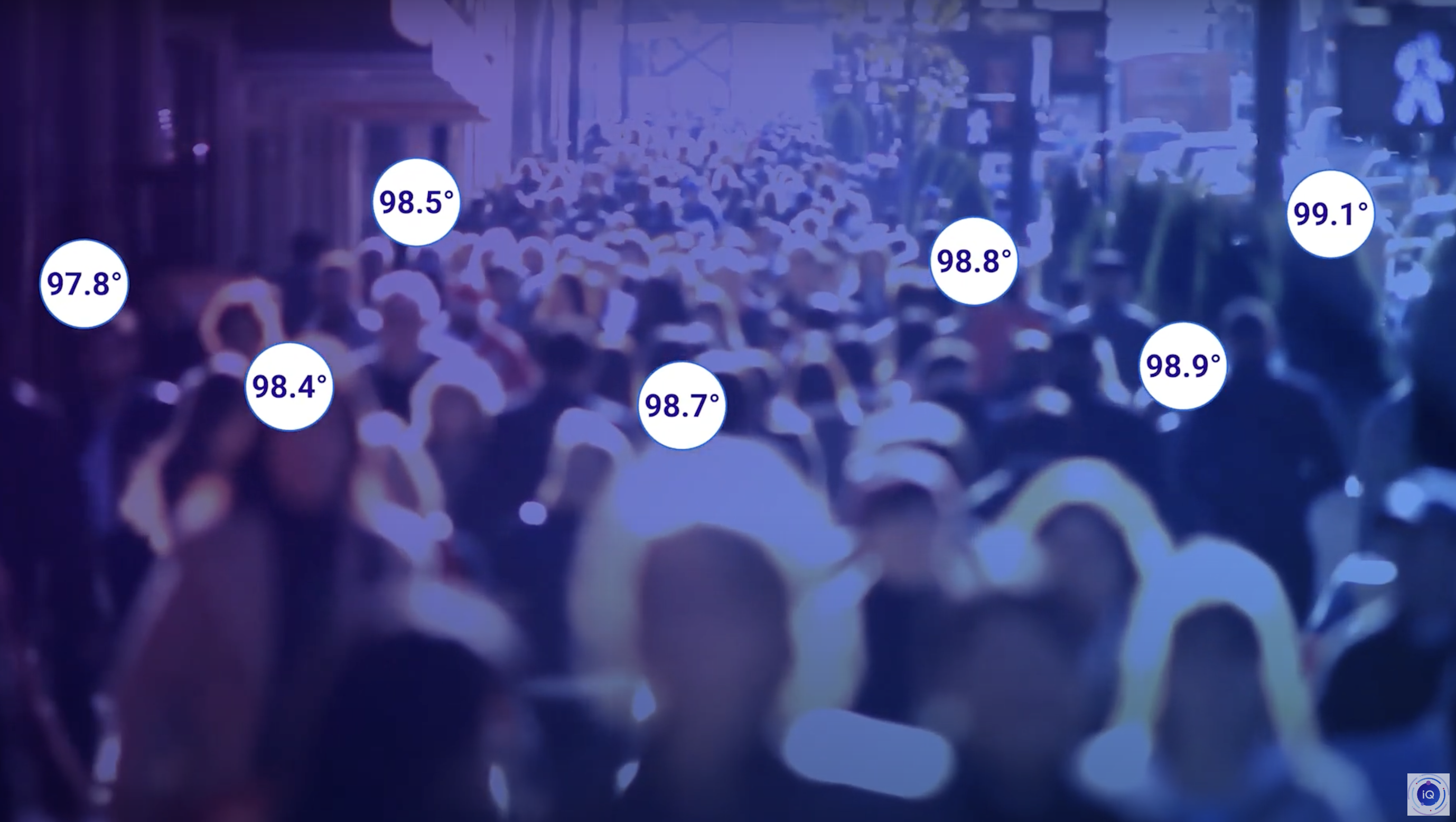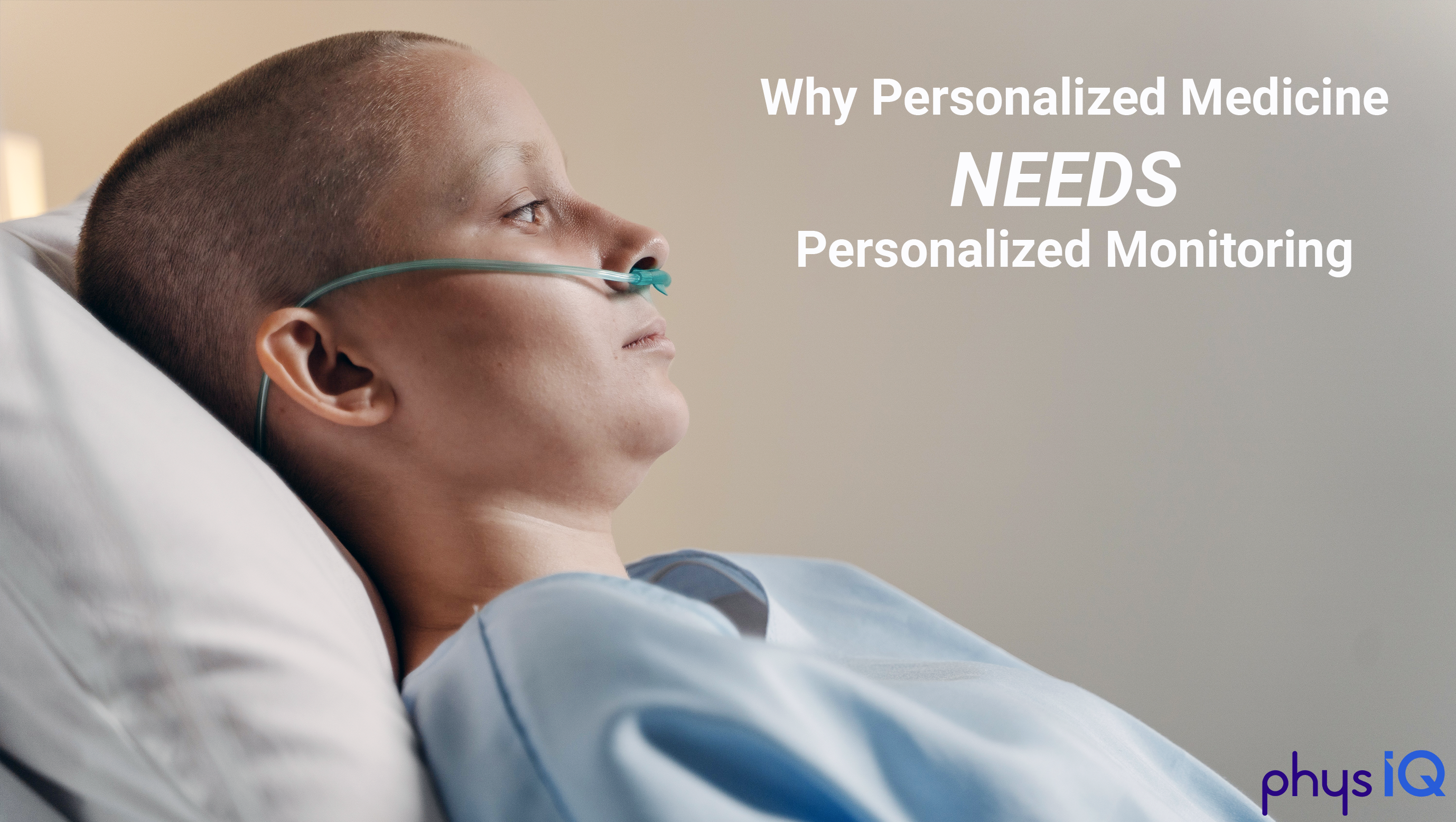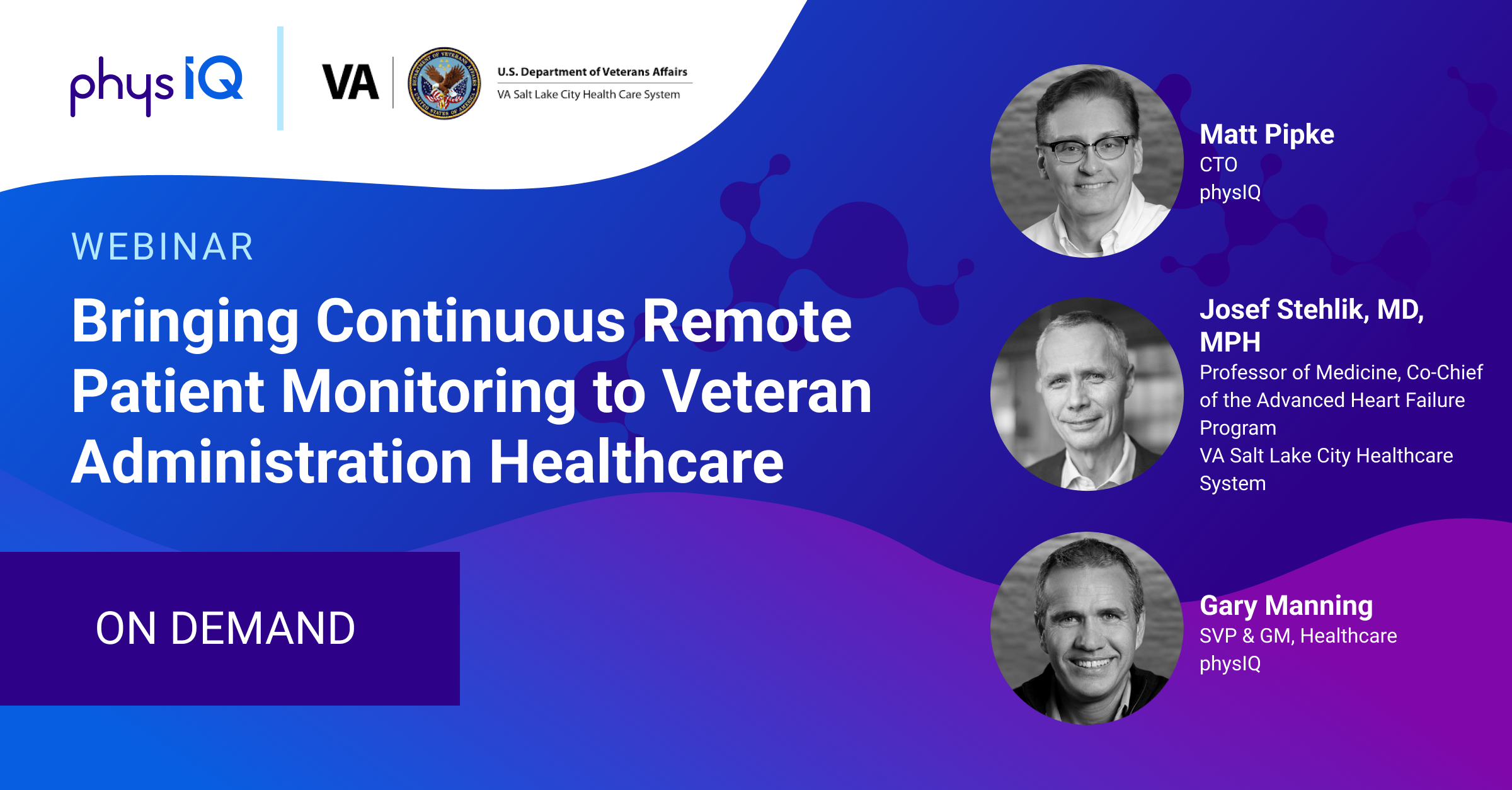Tracking mRNA from Efficacy to Effectiveness
Recent news around the promising mRNA vaccines targeting cancers results indeed caused great excitement in many circles. The number of mRNA clinical...

98.6 degrees, 120 over 80, 72 beats per minute – standard vital signs we have known since our first memorable visit to the doctor. These measurable baselines allow physicians to look more closely at their patient's health and serve as indicators of concern when they rise or fall. But with modern technology, we can do better.
We live in a time where sensors can continuously monitor our well-being and make predictions about our health. Sensors can be part of a watch, a small patch on our chest, or even in our bodies. They can even observe how we interact with the environment around us – becoming a critical factor in how we maintain our everyday health.
I created physIQ with the belief that personalized, quantified health data derived from the continuous monitoring of biometrics is vital to our transition from focusing on reactionary “sick care” to proactive healthcare.
Think of a “check engine light” that could inform a patient’s physician or care provider that their condition had worsened, requiring their attention.
The ability to monitor your individual health status based on what is “normal” for you is the epitome of personalized precision medicine — or the ability to compare “you-to-you” versus what is considered population-based norms. Historically, population-based norms skew towards the demographics of specific populations. Through personalization, an individual can gain a better assessment of their health that measures directly against their baseline, and their unique physiology reduces hurdles in access to care and transforms an individual’s ability to achieve a higher quality of life.
Physicians are starting to combine critical vitals like heart rate, respiration rate, and other biometrics to determine when someone will get sick, not if. Clinicians can see a much brighter and clearer picture of what is happening within the human body and how to predict a major adverse medical event in an individual by seeing their vitals holistically rather than in isolation. The pandemic also helped accelerate the adoption of technology-enabled precision medicine, making digital medicine now the status quo.
As just one example, physIQ collaborated with the US Veterans Health Administration to learn how utilizing artificial intelligence and wearable sensor data could predict heart failure hospitalizations in patients. After testing the biosensor on 100 patients, the investigators found that when consistently worn, the biosensor provided data that could predict hospitalizations 7-10 days before they happened. This is a game-changing innovation that not only helps the patients but also their families and the physicians and surgeons caring for those patients.
Much like how a ship captain knows the weather before he heads out to sea or a meteorologist can give you the weekend weather to allow you to plan for your beach trip, we all deserve that same level of predictive technology in our medicine, and health and fitness. This is an exciting time to be in healthcare technology and we are proud to help lead the way.
I welcome your comments, questions, and personal experiences with personalized and predictive health. To contact me or a member of my team, click here.
Recent news around the promising mRNA vaccines targeting cancers results indeed caused great excitement in many circles. The number of mRNA clinical...

The recent wave of public interest in several groundbreaking studies of mRNA vaccines in the treatment of cancer are perfect examples of how the rise...

Prevention, early detection, and vigilant patient monitoring are critical elements in successfully and cooperatively managing patients with heart...